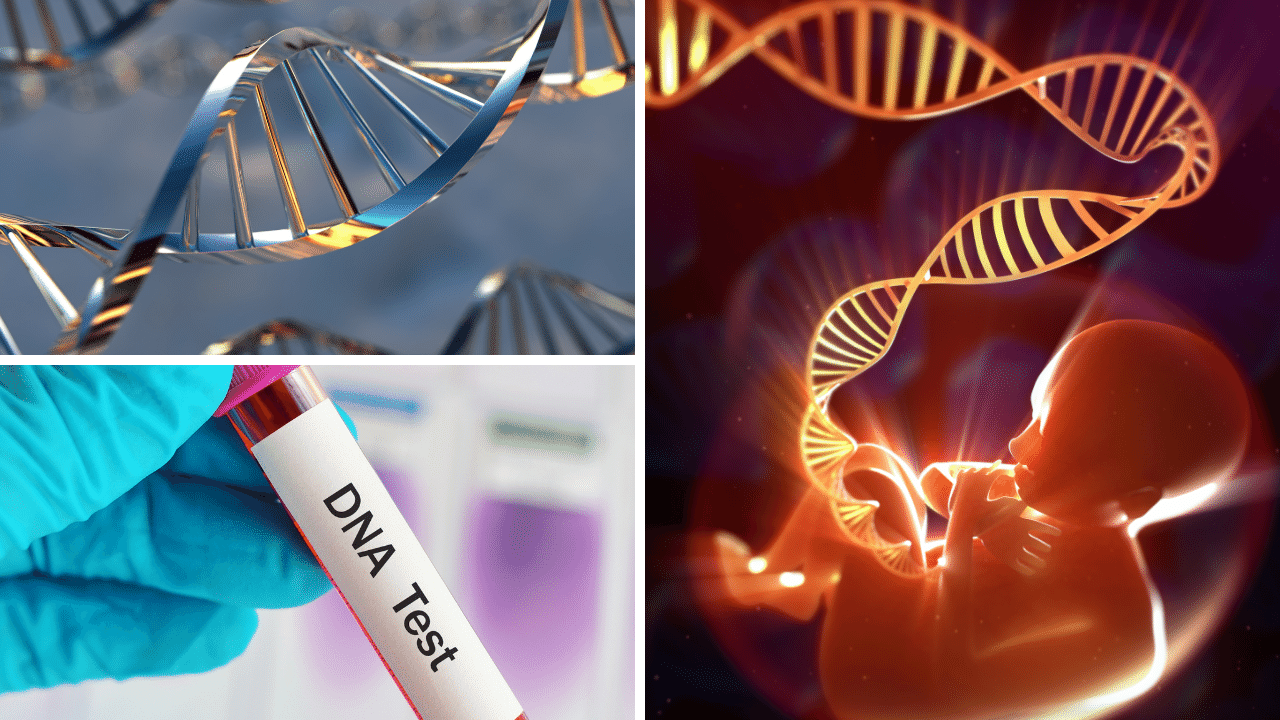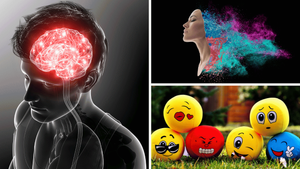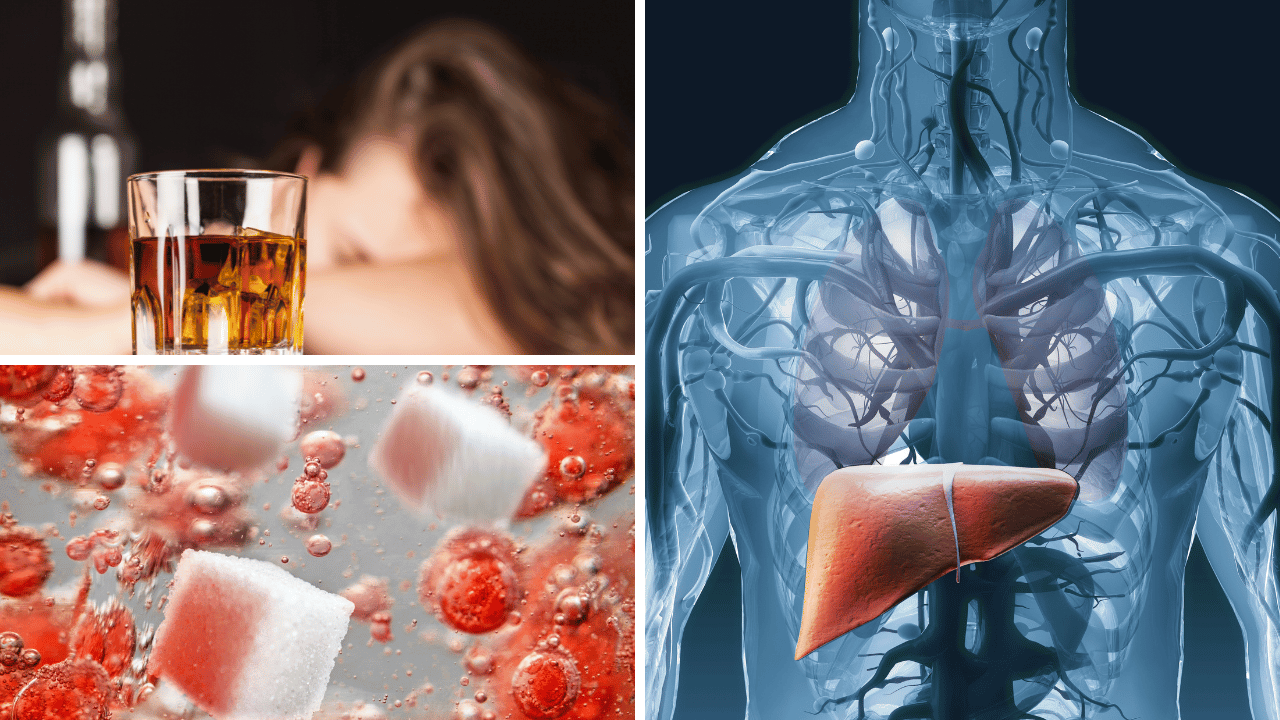Imagine you're at a party, and someone hands you a cocktail. You take a sip and instantly know it's a Mojito. How did you know? It's all in the recipe! Just like that cocktail, you too are a unique concoction. But instead of rum, lime, and mint, you're made up of three billion ingredients called base pairs. Welcome to the fabulous world of DNA, the blueprint of your life!
What is DNA?
Now, let's take a moment to marvel at Deoxyribonucleic Acid - DNA for short because nobody has time for tongue twisters. It's the mastermind behind your blue eyes, your curly hair, even your uncanny ability to wiggle your ears! Yes, ear-wiggling is genetic, who knew?
DNA is like the world's most complex Lego set. There are four basic building blocks - adenine, thymine, guanine, and cytosine. They link in pairs to form a beautiful double helix structure, like a twisted ladder. This isn't a random jumble, folks. It's an intricate dance choreographed by nature itself.
Each rung on this ladder is a base pair, and your body has about three billion of them. That's right, billion with a 'B.' If you were to uncoil all the DNA in your body, it would reach the moon and back 6000 times. And you thought your last road trip was long!
More on the Building Blocks
Adenine:
Adenine is one of the four nucleobases found in DNA and RNA, which are essential to all forms of life. It pairs with thymine in DNA and with uracil in RNA, helping to encode our genetic information. Adenine also plays a key role in cellular energy transfer.
Adenine is found in a variety of foods. These include:
- Meats: Adenine is abundant in various types of meat, including beef, chicken, and pork.
- Seafood: Fish like tuna, salmon, and sardines are rich in adenine.
- Dairy Products: Milk, cheese, and yogurt contain adenine.
- Plant-Based Foods: Certain vegetables like spinach and broccoli have adenine. Legumes, such as lentils and chickpeas, also contain it.
- Grains: Whole grains like brown rice and oats contain adenine.
- Fruits: Certain fruits like bananas and oranges contain adenine.
Thymine:
Thymine is one of the four nucleobases in the nucleic acid of DNA. It pairs with adenine through two hydrogen bonds to assist in stabilizing the nucleic acid structures. Thymine is replaced by uracil in RNA.
Guanine:
Guanine is one of the four main nucleobases found in the nucleic acids DNA and RNA. It's a purine derivative, symbolized as 'G' in the genetic code, and pairs with cytosine in DNA/RNA structure.
Cytosine:
Cytosine is one of the four main bases found in DNA and RNA. It's a pyrimidine derivative, with a heterocyclic aromatic ring and two substituents attached. In DNA, cytosine binds to guanine via three hydrogen bonds.

Your Secrets Revealed
But why should you care about these microscopic building blocks? Because they hold the secret to who you are! DNA is essentially a recipe book, and each gene is a recipe for a particular trait. Some recipes are simple, like the one for blood type. Others are more complicated, like the recipe for height or intelligence.
And just like in a cookbook, a small change in the recipe can lead to a completely different result. Ever tried making a cake without eggs? Exactly. In DNA terms, these changes are called mutations. They can lead to new traits or even diseases. That's why studying DNA is so crucial for medical research.
RNA- The Master Chef
So, who's the master chef reading these recipes? That's RNA, DNA's trusty sidekick. RNA reads the DNA and helps to build proteins, which do everything from making your heartbeat to helping you think. It's like the sous-chef in the kitchen of life.
And here's the kicker: almost every cell in your body contains a complete copy of your DNA. That's like having the entire Harry Potter series stashed away in every room of your house, just in case you feel like reading it. Talk about being prepared!
What Other Roles Does DNA Play in Our Lives?
DNA also plays a starring role in forensics. Thanks to DNA, we can identify criminals, determine paternity, and even find out if our ancestors were Neanderthals. Who needs reality TV when you've got DNA?
But the most exciting part is that we're only scratching the surface of what DNA can tell us. Scientists are still decoding its mysteries, trying to understand how it makes us who we are. And with advances in genetic engineering, we might soon be able to edit our DNA like a Word document.
Imagine being able to cure genetic diseases, increase our lifespan, or even design our offspring. Sounds like science fiction, but it could be our future. As Ian Malcolm said in Jurassic Park, "Your scientists were so preoccupied with whether or not they could, they didn't stop to think if they should."

DNA FAQs
What Defines Your DNA?
Your DNA, or deoxyribonucleic acid, is defined by the unique sequence of nucleotides it contains. These sequences form genes, which dictate your traits and characteristics, from eye color to disease susceptibility.
What Is A DNA Example?
A DNA example can be found in every living organism. It's the genetic blueprint that dictates an organism's traits and characteristics. For instance, a person's DNA determines their eye color, hair color, height, and even susceptibility to certain diseases. It's unique for each individual, except for identical twins.
Is DNA Your Identity?
DNA is a significant part of your identity as it contains your genetic blueprint, determining physical characteristics and potential health risks. However, it does not define your personality, experiences, or choices, which also shape your identity. Therefore, while DNA influences your identity, it doesn't entirely constitute it.
Why Does DNA Matter?
DNA matters as it carries our genetic code, determining our physical traits and guiding our body's functions. It's essential for life, reproduction, and growth. DNA also helps in understanding ancestry, and evolution, and can provide crucial information in medical research for disease prevention and treatment.
How Does DNA Contain Information?
DNA contains information in the form of a chemical code, determined by the order of nucleotides - adenine, cytosine, guanine, and thymine. This sequence instructs cells on protein synthesis, influencing traits and functions, essentially serving as a blueprint for life's processes.
Do Tears Have DNA?
Yes, tears do contain DNA. They carry nucleated cellular components and shed epithelial cells, which can be used in forensic analyses to establish identity. However, the DNA level may be lower compared to other sources such as saliva or blood.

May we say in conclusion…
So next time you look in the mirror, remember you're looking at a unique genetic cocktail, three billion base pairs strong. Whether you're a Mojito, a Margarita, or a non-alcoholic Fruit Punch, you're one-of-a-kind, baby! And that's all thanks to DNA.
In the grand cocktail party of life, DNA is the bartender, the mixologist, the master crafter of our existence. So, raise a glass to your DNA, folks. It's the reason you're here, the blueprint of your life. And who knows? Maybe one day, it could even be the key to immortality. Now wouldn't that be a party! 👇











